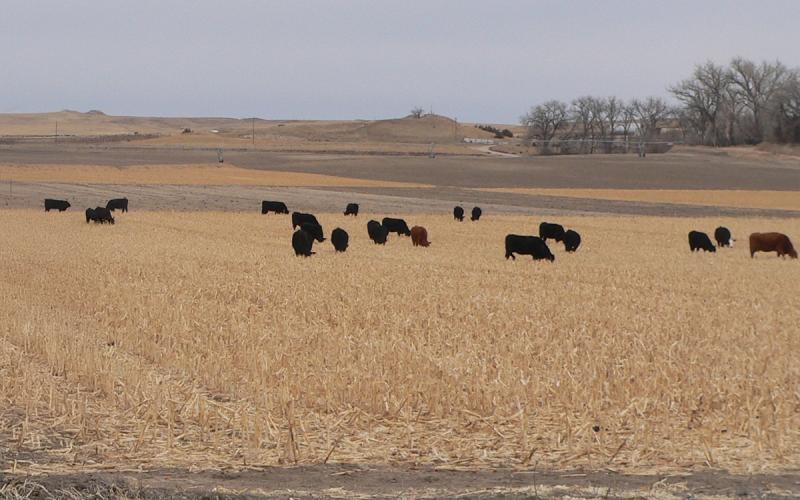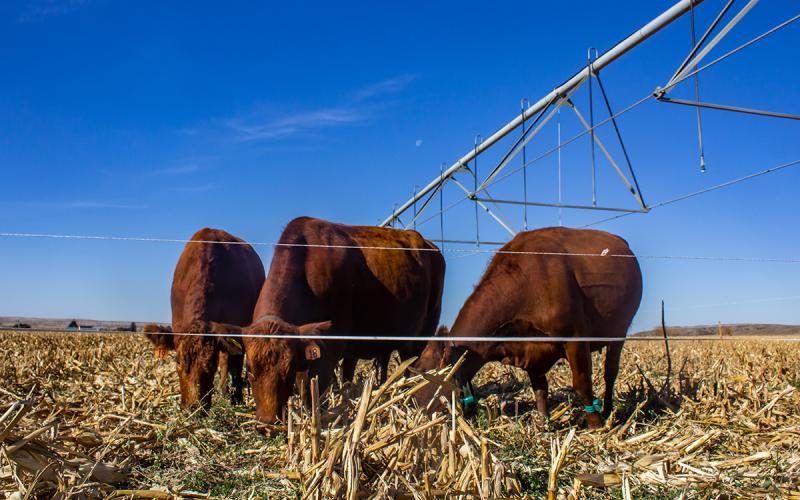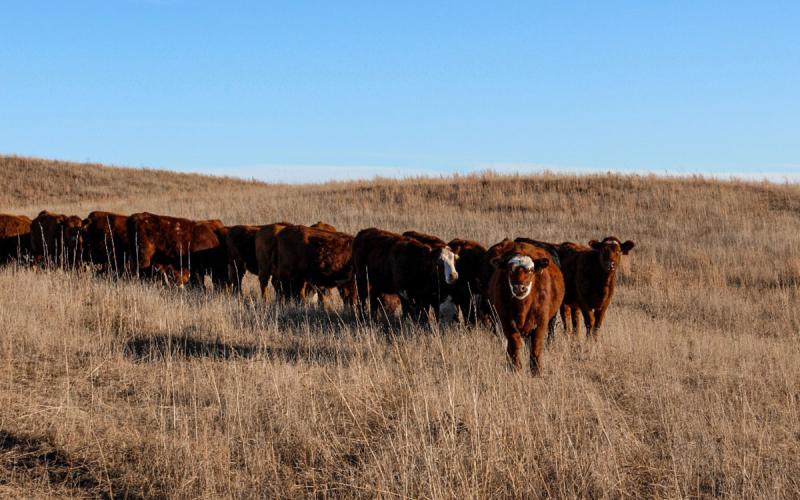Proper identification of animals helps create an honest record keeping system. With current DNA blood typing procedures animals can be identified through parentage, but when it comes to everyday practices on the farm or ranch a good tattoo can be a huge time saver in the event of a lost ear tag. Utilizing a combination of permanent and temporary identification in your animals will ensure the most accurate records.
Permanent vs. Temporary Identification
Forms of permanent identification stay with the animal through its life. Examples include: hot brand, freeze brand, tattoo, ear notch, electronic microchip, DNA profile and nose printing. Within South Dakota 4-H we recognize the use of freeze brands, tattoos, ear notches and DNA depending on the species in question.
Temporary means short term or could be short lived. Examples of temporary ID include: paint branding, leg bands and collars. Identification tags are primarily what is used in herds/flocks across the country. Temporary forms of ID are most helpful and a huge time saver when you quickly need to identify an animal; however ear tags can and do fall out in the day to day happenings of livestock. Within South Dakota 4-H we recognize the use of Federal ID (NUES) tags commonly referred to as “4-H Green Tags”, scrapie tags, BANGS tags, and USDA silver tags. There is a protocol outlined in the State Fair book on how all identification should be used per species in order to be in compliance with SD 4-H rules.
Tips for a Quality Tattoo
- When tattooing, remember it is the animal’s actual left and right ear. The quickest way to determine this is to stand behind the animal. It is best to test the tattoo gun first on cardboard or heavy paper before tattooing the animal. Black and green ink are recommended to obtain a permanent and legible tattoo. It is recommended to use green ink on black hided animals.
- Remember to include the herd prefix (if needed), number and year letter and to never exceed 8 characters in one ear. Tattooing may be done at any time, however the younger you tattoo an animal the more legible the tattoo will be. The tattoo will grow as the animal gets older, making it easier to read.
- Restrain the animal to minimize movement of the head and body during the tattoo process.
- Remove dirt and wax from the animal’s ear using a rag and rubbing alcohol. A clean ear helps to guarantee legible markings and provides a clean area when piercing the animal’s ear.
- Use a toothbrush to apply the ink to the cleaned ear between the cartilage ribs in the upper third portion of the ear.
- Clamp the tattoo applicator in place over the inked area. Apply steady pressure as the tattoo digits equally puncture the skin and the dye meets the opposite face of the tattoo applicator. Reapply tattoo ink on the toothbrush and rub ink into the pierced areas. This will help ensure the tattoo marks are visible when the excess ink wears off.
- Don’t assume a purchased animal already has a tattoo in its ear. You are the owner and it is your responsibility to ensure the proper identification is in place and legible.
Resource: American Maine-Anjou Association and American Angus Association


